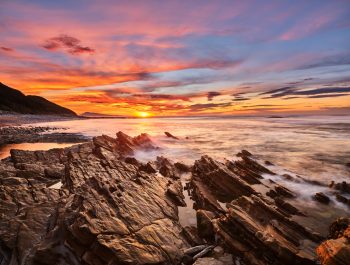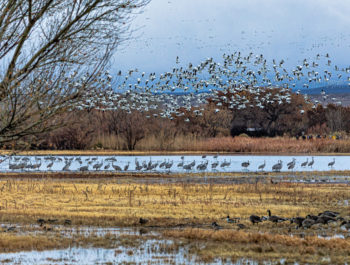Field Techniques for Technical Cameras – Introduction
Field Techniques for Technical Cameras – Part One
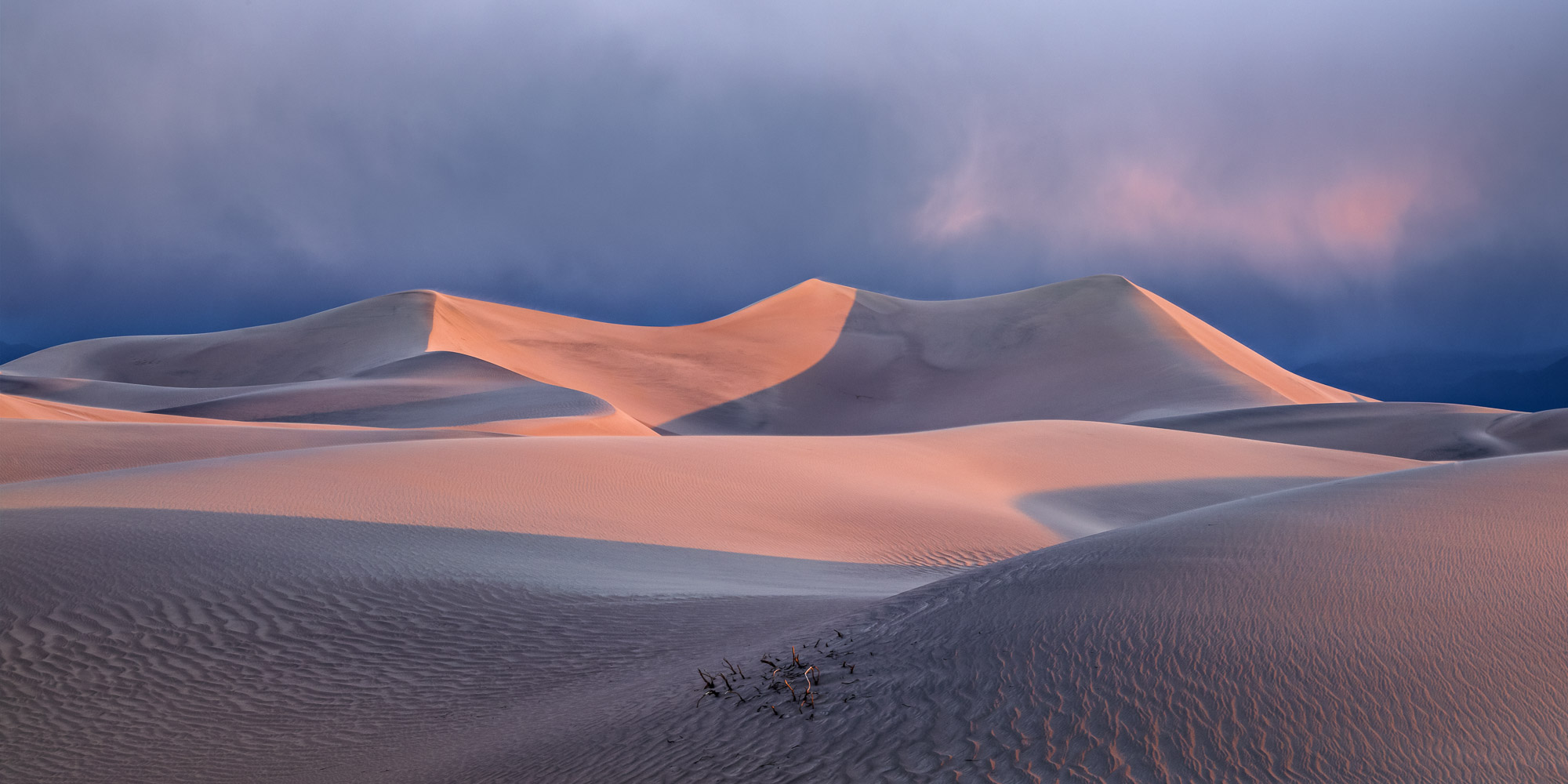
Several weeks ago I approached Kevin with a rather lengthy PDF I’ve been working on titled Field Techniques with a Technical Camera. The document began as a collection of posts on various forums covering topics like camera & lens selection, tilt techniques, packing and carrying, stitching and weather-proofing. That last one is, well, a lie. You can’t “weather seal” a technical camera, but you can work in a way that protects your equipment. The PDF morphed into a sort of mini-book. As I debated what to do with it, time crept on as time does. I realized that when I get around to doing something with the text, I will have to rewrite it all because things change so fast. Kevin and I came up with the idea of breaking it up into articles. This is intended to be the first of many. Here is a rough outline of topics I plan to cover.
- Introduction
- Lenses and Accessories
- The LEAN Technical Camera Process
- Changing lenses in the field
- Dealing with Weather
- The Creative Process in the Field
- Capturing Images: Technical Aspects
- Image Capture
- DoF control
- How to See What You Are Doing
- Black Frames
- LCC Process
- Tilt
- Rise / Fall
- Shift
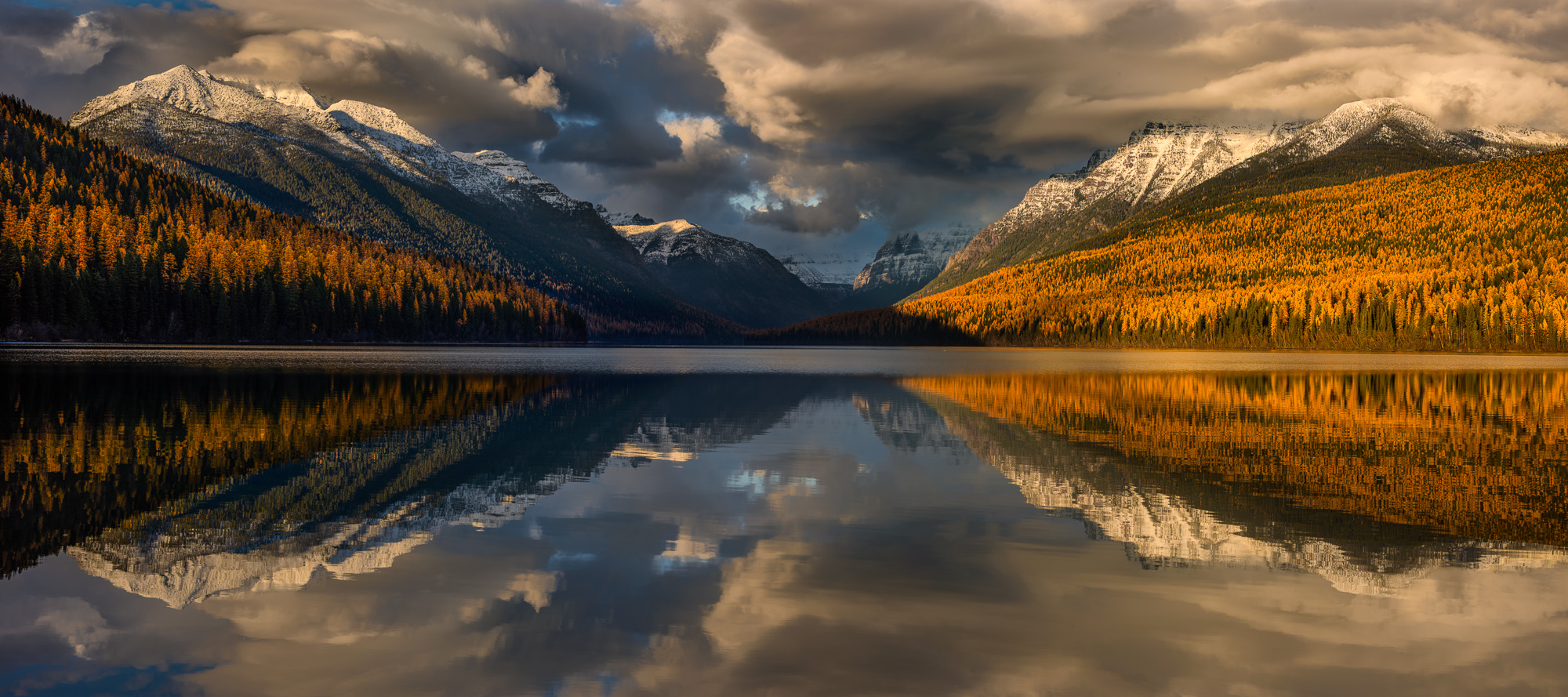
Much of my experience with a technical camera over the last decade has been bringing it with me into the wilderness. Hiking, backpacking, skiing, canoeing, kayaking, etc. I’ve photographed with my technical camera in the Wind Rivers of Wyoming, Mont Blanc in the Alps, various corners of the Sierras in California, countless other places and in all kinds of weather. Therefore, a lot of my focus is dedicated to packing, weight and systems that deal with inclement weather. Regardless of that being the reader’s cup of tea, the systems discussed throughout these articles should be relevant to everyday use.
Technical cameras are not for everyone. They are quirky, slow to use and not very versatile. I find it amusing that we call them technical cameras since there sure doesn’t seem to be much technology floating around. Certainly, these cameras are produced with some design and manufacturing technology; they are beautiful, fine-crafted tools. However, when it comes to more traditional camera technology, features are pretty slim. Phase detection or contrast detection autofocus? Not even close; more like thumb and forefinger detection. No autofocus, no light meter, no auto anything and horrible viewfinders. I don’t even carry a viewfinder, but more on that later.
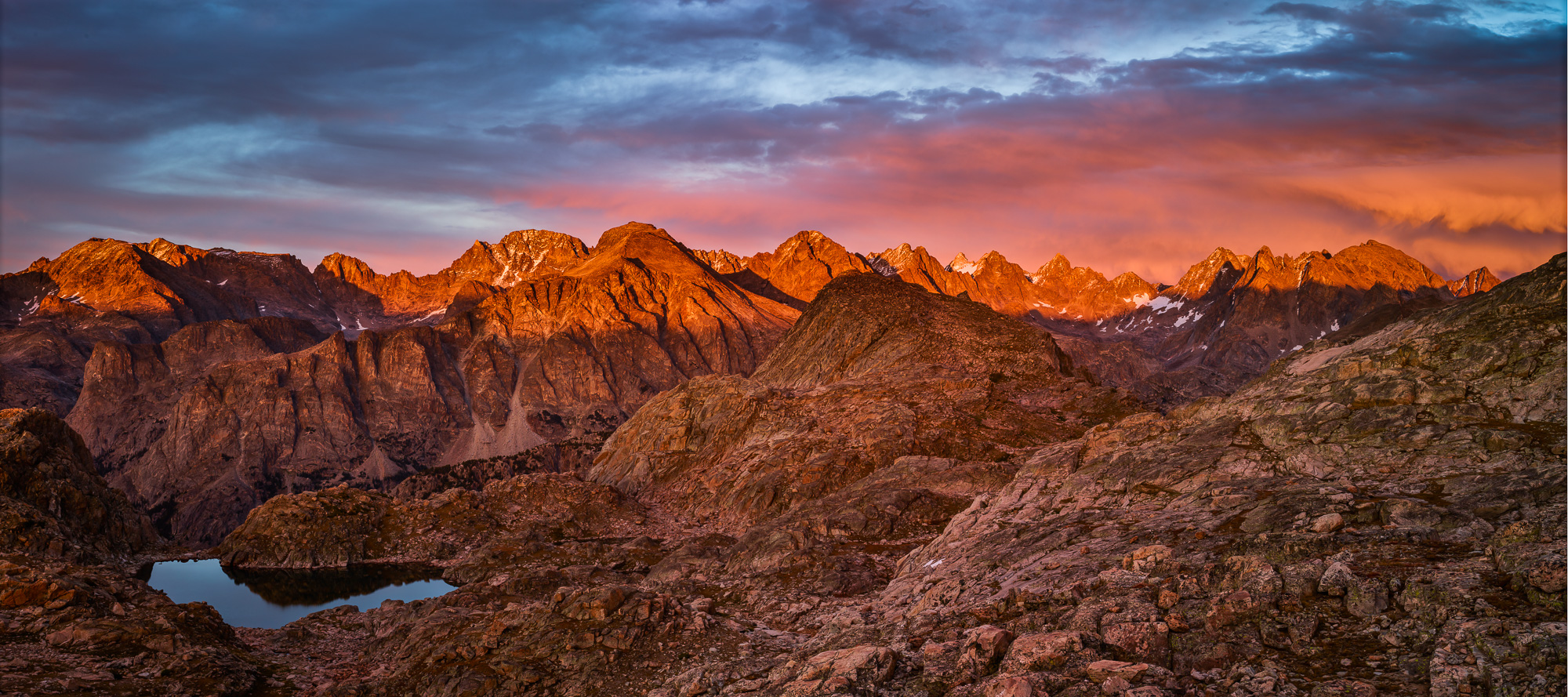
What Is a Technical Camera?
Most of us who use technical cameras on a regular basis came to them from one of two directions: 35mm DSLR’s or large format view cameras. Technical cameras fit a curious niche between the two extremes of do-it-all convenience of modern mirrorless versus the slow, manual approach of a traditional view camera.
Perhaps because of the limitations, I find it difficult to describe to people why these manual cameras with movements tug at me the way they do. The best explanation I have is that with a DSLR, the camera is between me and the wilderness; I am literally and figuratively looking through the camera. With these technical cameras, I am in the wilderness together with my camera. It is more of a shared parallel experience vs. a series, view-through-a-window experience.
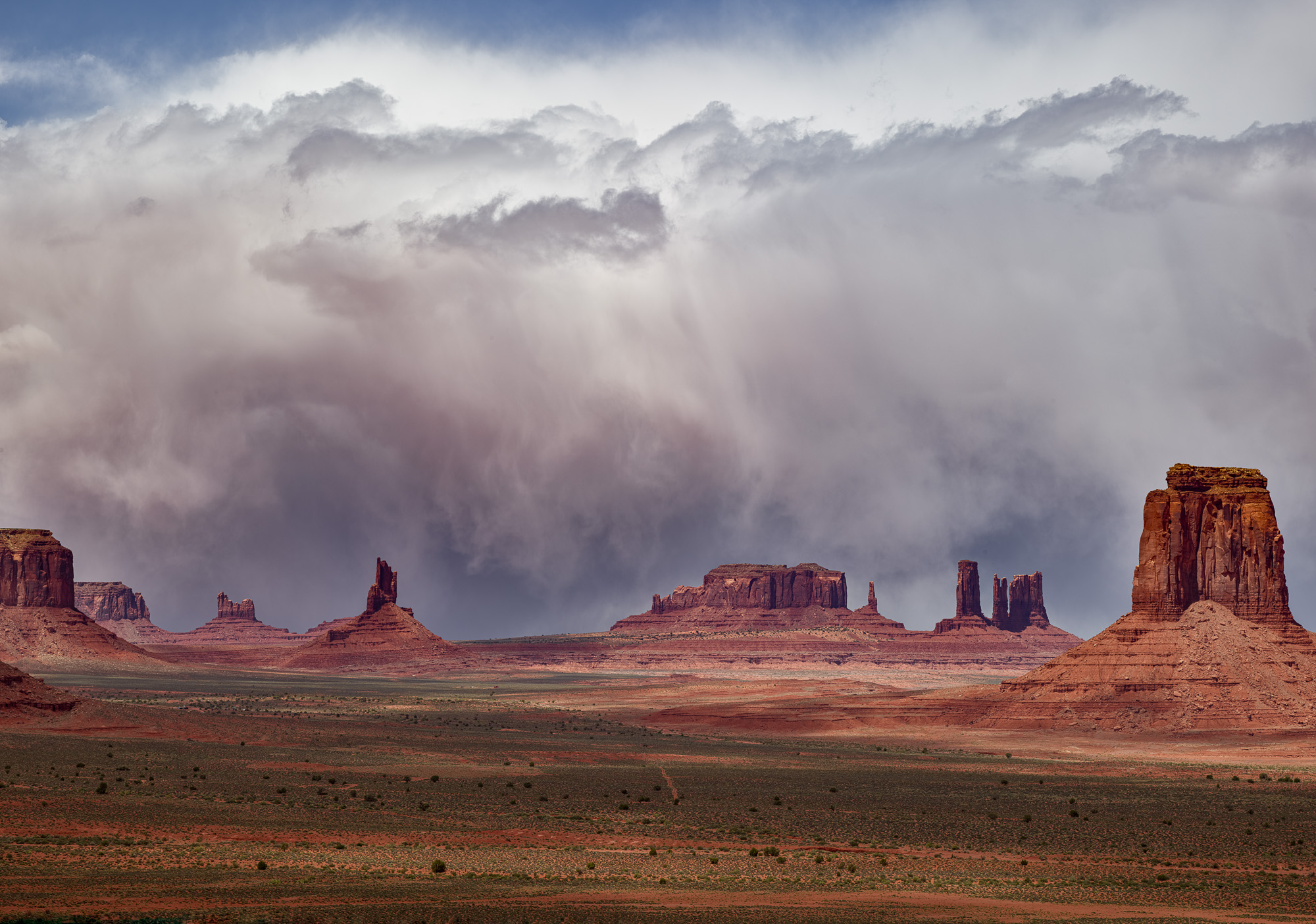
Defining technical cameras is more difficult than it should be. In general, technical cameras offered today have the following characteristics:
- Designed for use with medium format digital backs
- Designed for use with “large format” lenses
- Incorporate “movements” in order to shift, tilt, rise, fall, etc. These movements utilize the wider image circle associated with most “large format” lenses.
None of the above bullets are absolutes. Several technical cameras are designed to work with other mirrorless cameras instead of (or in addition to) digital backs. Alpa’s “TC” doesn’t have any movements and is really more of a mirrorless camera than a technical camera. Today, most technical cameras have the ability to connect to modern lenses from Canon, Nikon, Hasselblad, Leica, Pentax and many others. However, the above characteristics are still useful for defining the general category. A primary benefit of using a technical camera is to apply movements and utilize the larger image circle associated with most of the dedicated lenses from Rodenstock and Schneider. There are three primary movement applications frequently used with technical cameras. All of these will be covered in greater detail in subsequent articles.
- Rise/fall: shifting the lens and/or the backup/down to frame the scene without tilting the camera. In general, this is done to keep the back and lens perpendicular to the ground, but there are many other applications. I use this on almost every image.
- Shifting Left/Right: Usually accomplished by sliding the back left/right. There are applications for perspective control, but most of the time this is done to stitch two images together. This is a simple and reliable way to create a panorama, and is something I do very frequently. It also allows you to shift the back in its portrait dimension in order to make use of the wider lens image circles, which increases the angle of view.
- Tilt: Apply lens tilt to adjust the plane of focus angle, which creates a depth of field wedge that keeps subjects at various distances from the sensor plane in sharp focus.
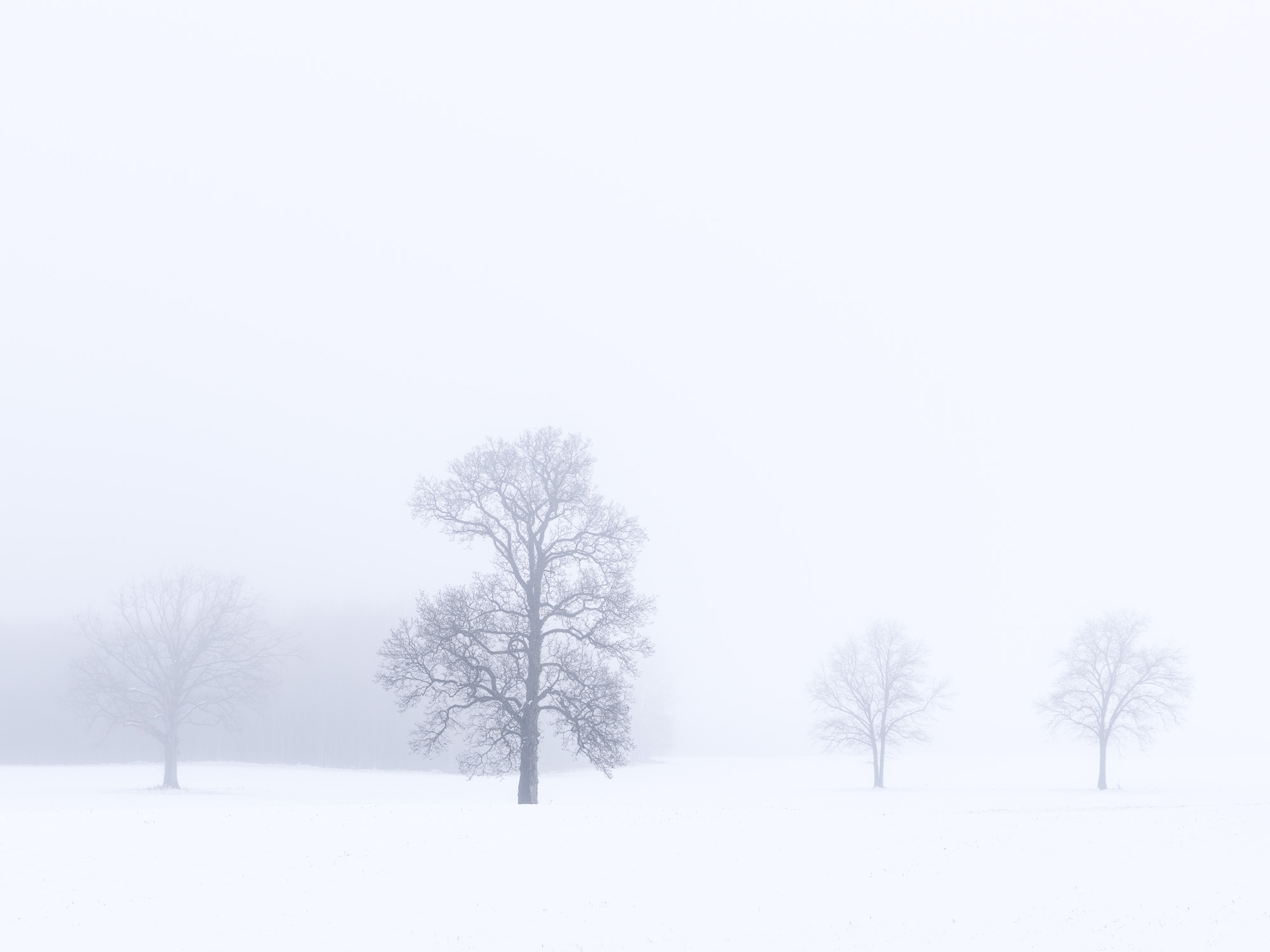
Technical cameras fall into two basic categories defined by how the lens is focused:
Helical Mount:
The lens uses a brand-specific helical mount. Focus is accomplished by rotating the helical. These are nicknamed “pancake” cameras because the camera itself is very thin. Examples: Alpa 12 Plus, Arca-Swiss Rm3di, Cambo WRS. Benefits:
- Very precise and repeatable focusing in situations such as focus stacking. Sensor / lens are always registered parallel (lens testing is significantly easier because everything is registered)
- Easier and more compact to pack, set up and tear down
- Less affected by wind
- Some models with reduced movement options can be quite light and compact: Alpa STC, Arca-Swiss Factum, Cambo WRC-400
- Lightest option, depending on lens choice
- Much easier to focus with older digital backs using CCD sensors.

Bellows / Rail Mount:
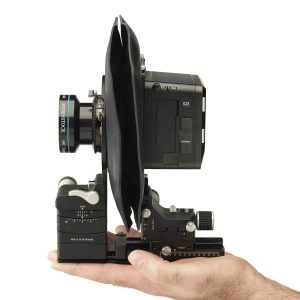 Lenses mount on a traditional lens board to a front standard and bellows. Focus is accomplished by moving either the mounted lens or digital sensor back and forth on a rail or slide. These cameras are essentially small but very precise view cameras. Examples: Arca-Swiss Universalis, Cambo Actus, Linhof Techno.
Lenses mount on a traditional lens board to a front standard and bellows. Focus is accomplished by moving either the mounted lens or digital sensor back and forth on a rail or slide. These cameras are essentially small but very precise view cameras. Examples: Arca-Swiss Universalis, Cambo Actus, Linhof Techno.
Benefits:
- Wider range of movements compared to helical systems. Much like a view camera experience in the field.
- Lighter and more compact when carrying many lenses. Helical-based systems require lens mounts for each lens; lens boards are lighter, and all utilize the one bellows.
- Lenses are less expensive because there is no proprietary mount.
Choosing Between Systems
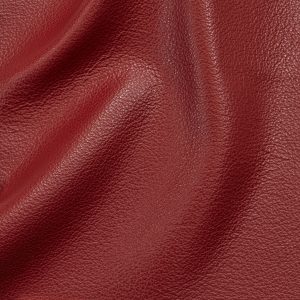
Most of my work in the field is with a helical based system, but many of the concepts, procedures and thought processes apply to both. There are different packing concerns, and the focusing process is different, but the level of precision, level of quality, importance of having a field workflow system and joy of use is identical across both.
While camera type and brand selection are beyond the scope of this article, there is one feature associated with the sensor being used that significantly impacts the choice between the pancake or view camera type: available live view on the digital back. Pancake cameras were developed to solve one basic problem associated with using a medium format sensor: how to accurately focus.
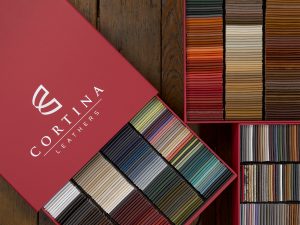
The traditional method of focusing on a ground glass has two problems: First, the image from such a small format is too small dark. Second, focus needs to be incredibly accurate because the capture format is so small compared to 8×10 or even 4×5. The ground glass and digital back may not even be registered at the same distance. The tolerances of these cameras are in the range of 0.01mm. In fact, both Arca-Swiss and Alpa developed very precise designs specifically to solve the difficulties associated with accurate focus. If you have an older digital back with a CCD sensor, then live view, if even available, is at best cumbersome and difficult to use. That makes using the second group of bellows-based technical cameras a real challenge.Not impossible, but more difficult. If you have a newer digital back with a CMOS-based sensor, the world is at your fingertips; live view solves the focusing problem in spades, and if you plan on a large stable of lenses, the bellows type design is significantly cheaper because you do not have to pay for proprietary lens mounts.
Please remember as a Silver or Gold member you can click on an image to see it larger
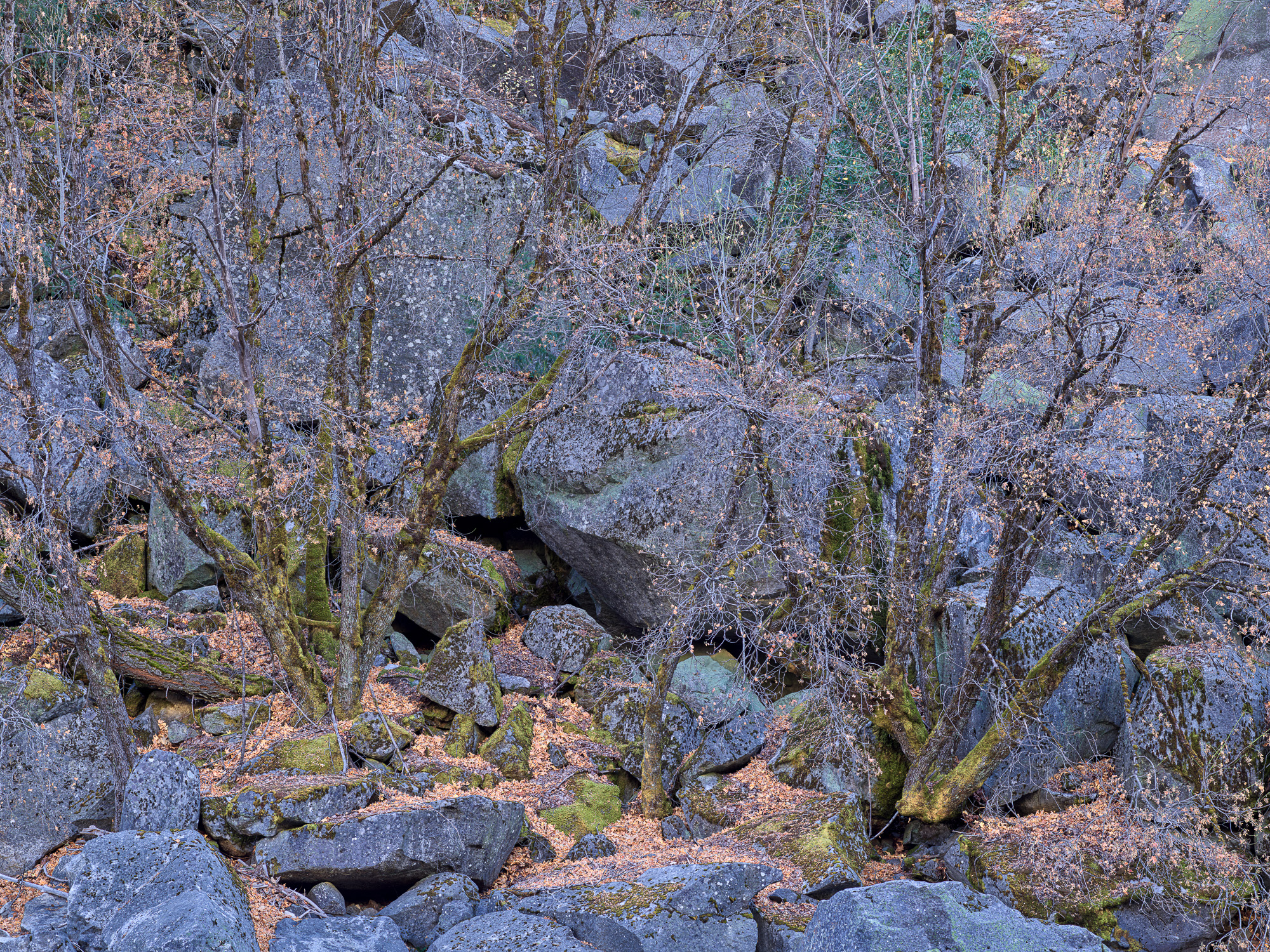
Feature Priorities
Priorities to consider, narrowed to helical-based systems:
- Size and weight; how you will pack and what has to be disassembled
- Combination of movements required. The need to shift and rise/fall concurrently increases camera size.
- Tilt options:
- Alpa: Tilt via a 17mm adapter (really a spacer or extension tube). Lightest multi-lens tilt solution, but limited to Rodenstock lenses >=32mm and Schneider lenses >= 60mm. There is no way to tilt lenses wider than those limits. Alpa cameras with their adapters can be used to also tilt the back, as well as swing either the lens or back.
- Arca-Swiss: in-camera, so all lenses tilt with no extra cost or weight. However, with the tilt mechanism in the body, it is far away from the lens axis; perspective will change a bit when adding tilt.
- Cambo: Tilt built into the lens mount. Best perspective solution because tilt mechanism is closer to the lens axis. Heaviest because each lens needs its own tilt mechanism.
- How many lenses you plan to carry
- Focal range you plan to use, and what end of that range will be most used.
- Cost: In general, Cambo is the most cost-effective system, with Alpa the most expensive. However, things have consolidated a bit, especially with lenses.
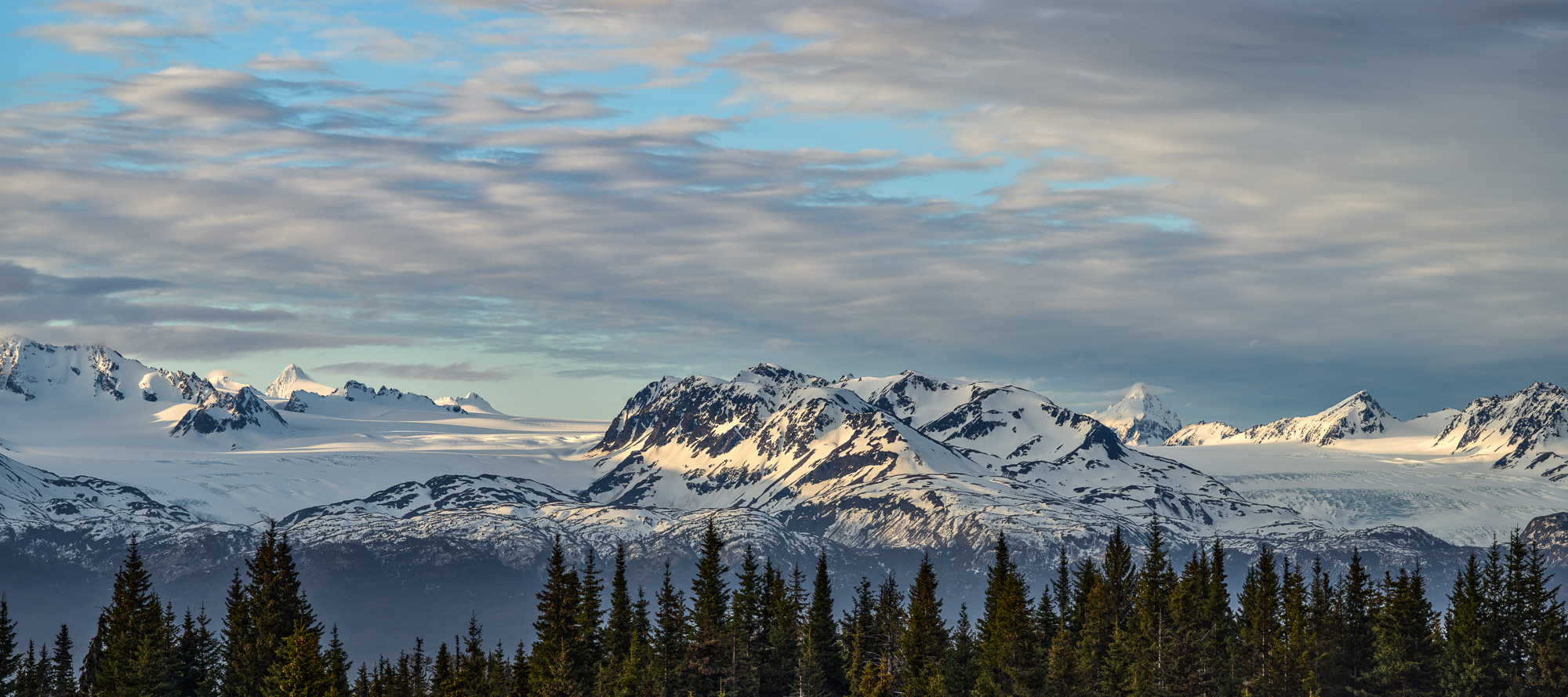
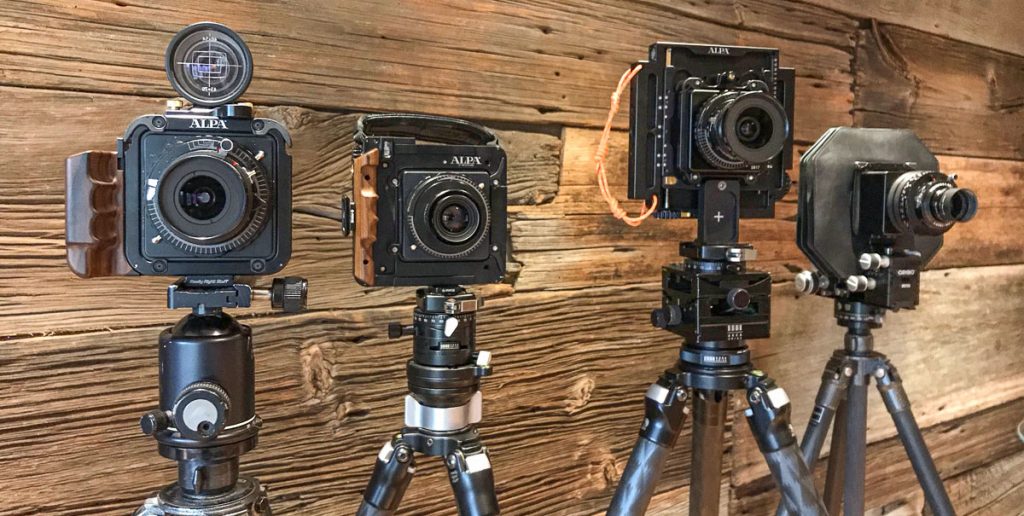
Helical systems may be better suited for landscape and perhaps architectural photography. The more traditional view camera bellows/rail systems are better suited for product photography and the one camera does it all solution. There is nothing a helical-based system can do that a bellows / rail system cannot do; they just may be the better choice for some tasks. Packability, portability and general field use favor helical systems once you leave the car behind. That doesn’t mean you cannot or should not do landscape photography with a view camera. We all know many have done quite well using similar tools.
What About the XT?
A few years ago, Phase One introduced its own technical camera, the XT, along with the X-Shutter for technical camera lenses. In many respects, this represents several firsts in the world of technical cameras. Here are some of the things the XT does that no other technical camera can do. It is essentially the first digitally integrated technical camera system ever:
- Record shift/rise/fall data in the metadata. This makes it possible to auto-apply LCC corrections (more on this later).
- Sync the shutter with the digital back in a way that sets aperture from the digital back. All without sync cords!
- Syncs to 1/1000s
- Shift L/R 12mm; Rise/Fall 12mm
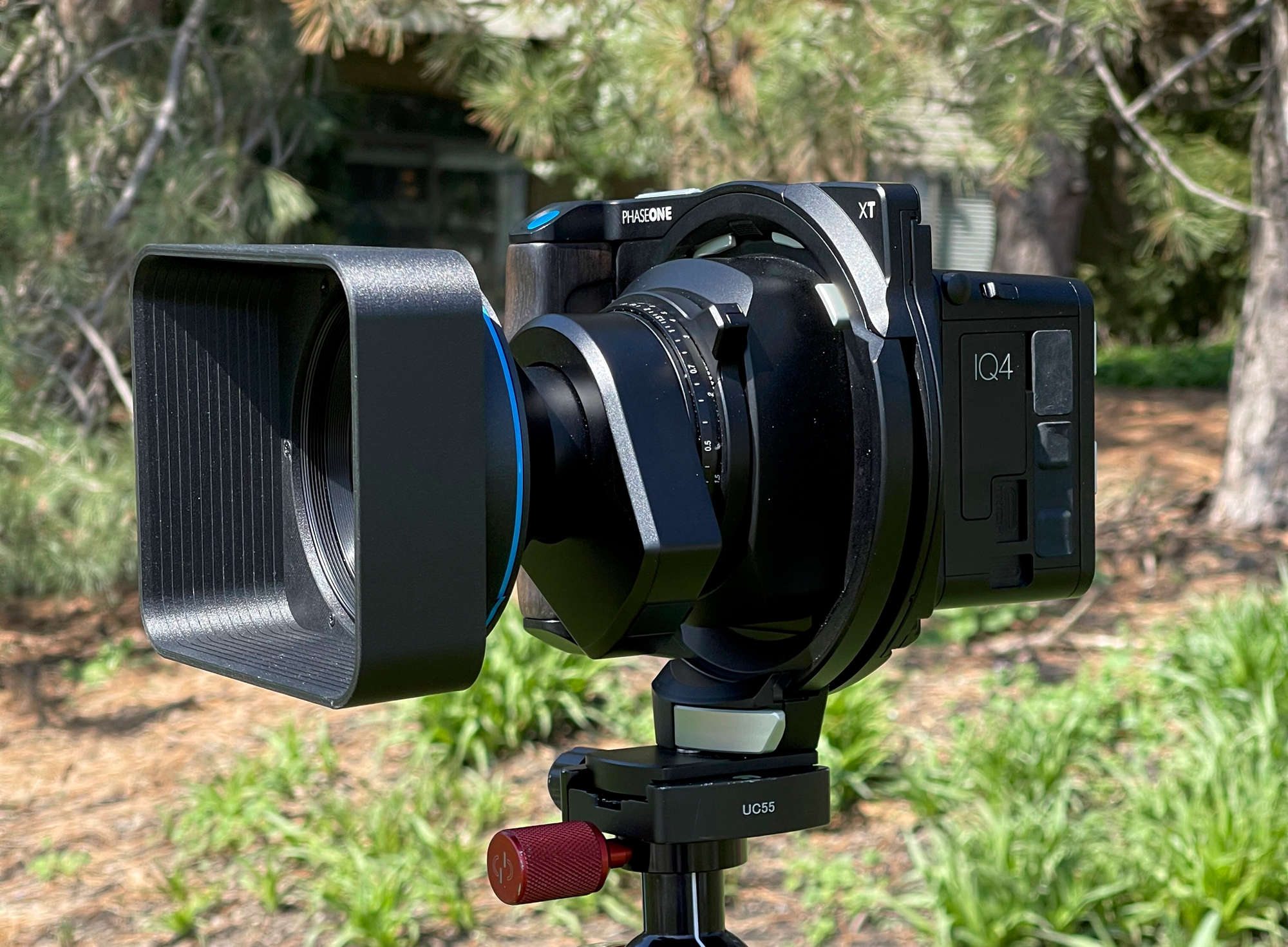
There are hurdles to overcome when using technical cameras. The XT takes care of some of them by integrating the shutter with the digital back. Most important is the fact that Copal shutters are no longer made. Most of us have been using electronic shutter since it was introduced, but it has 2 limitations because it takes about a second for the back to scan: Rolling shutter effects and severe limits to syncing with strobes. Two other annoying practices with technical cameras are creating LCC’s and black reference frames (these topics will be covered in later articles). Although the IQ4150 has made these tasks less necessary, the XT is meant to eliminate them. Also, no more need to peak around the front of the camera to set your f-stop. These are certainly welcome improvements, and it is wonderful that the XT has brought many new users to the dark side of technical cameras. However, as of this writing in 2022 there are some trade-offs:
- You cannot tilt with the XT, at least not together with the X-shutter benefits.
- Shift/Rise/Fall is limited to 12mm in one direction.
- X-shutter lenses are heavier than their Copal or Aperture Unit counterparts
For me, those first two limitations are too much to give up for the benefits provided. A lot of “legacy” technical camera users feel the same. However, that feeling is loaded with bias because we’ve developed a way of working that relies on tilt and more shifting because we can, not because we need to. There are many ways to accomplish an image. The XT brings a lot to the table, and for many it removes enough barriers and hurdles to make the plunge into a technical camera. That is wonderful!
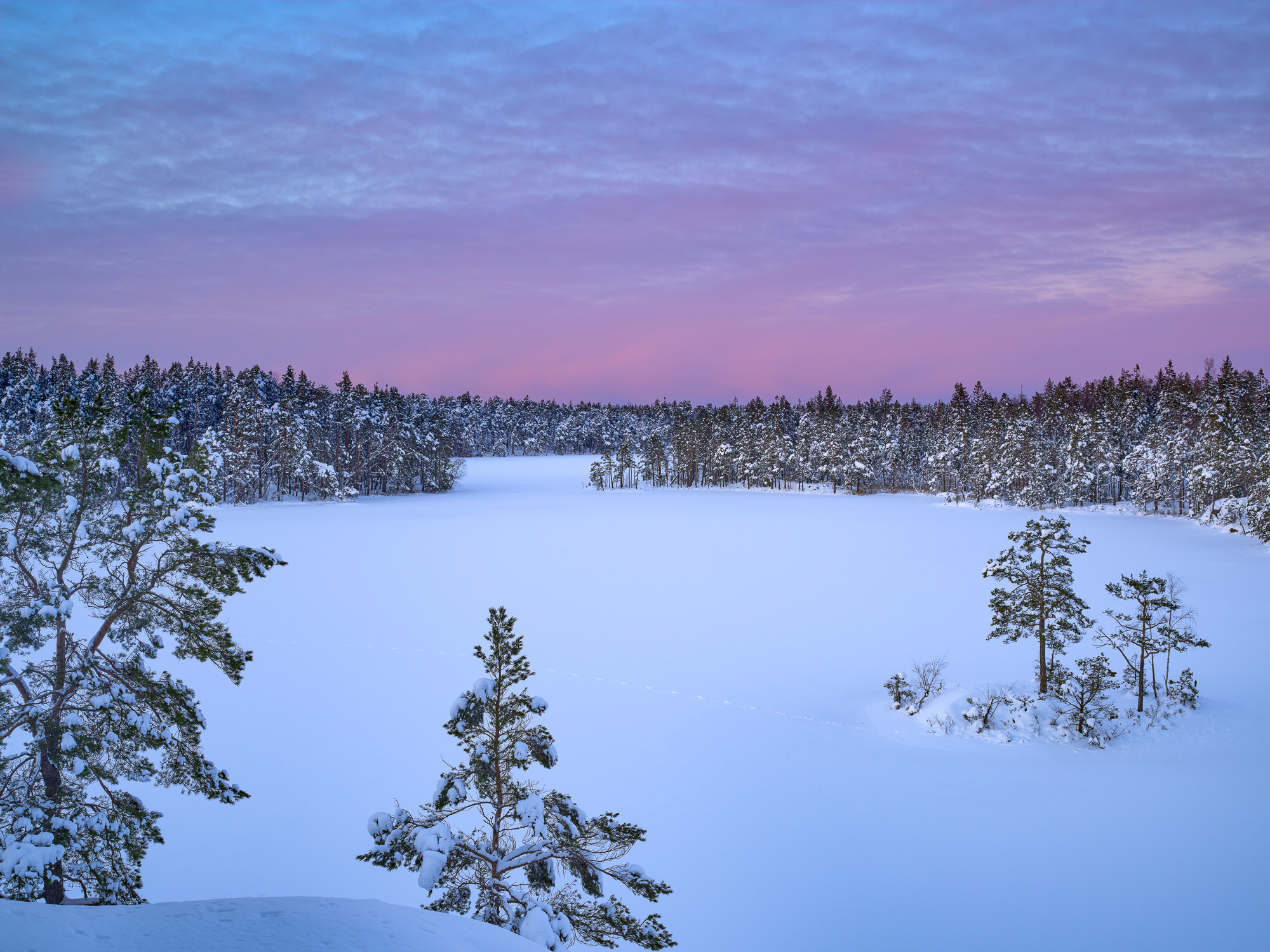
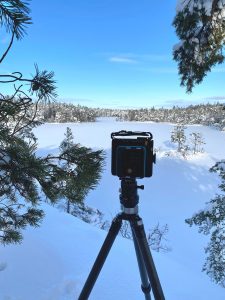
The XT is also a relatively light and compact alternative in the technical camera space. Focusing on the smaller/lighter cameras available, there are a few interesting alternatives. All four weigh about the same when fitted with the necessary adapters to allow for shifting or rise/fall. As you can see in the table below, the XT is the only compact option that has simultaneous movements in two dimensions. It also has the least amount of movement in each dimension, which is a good example of trade-offs when choosing a technical camera. I see that as a great thing; you can zero on on the brand that has exactly what you want with your priorities and nothing you do not need. All these brands are very well made and wonderful tools. It is important to look at the entire system if you are interested in reducing weight. I will spend a lot of time on this in later articles.
|
Phase One XT |
Cambo
WRC-400 |
Alpa
STC |
Arca-Swiss Factum |
|
| Size | 160mm x 148mm | 120mm x 145mm1 | 140mm x 145mm | 135mm x 140mm1 |
| Weight [grams] | 700 | 5001 | 700 | 6401 |
| Tilt | No | With tilt lens mounts | With tilt adapter2 | Built in-body |
| Shift L/R | 12mm | 20mm3 | 18mm3 | 15mm3 |
| Rise/Fall | 12mm | 20mm3 | 18mm3 | 15mm3 |
| Geared Movements | Yes | Yes | Yes | No |
| 1) Requires an additional mount adapter to take full advantage of movements; that adapter is not included in the size and weight specifications. 2) Tilt adapter is an “extension tube” that works together with “Short Barrel (SB)” lenses. It can be used with all Rodenstock lenses currently available. It does not work with legacy Schneider lenses wider than 60mm. 3) Can shift OR rise/fall by changing camera orientation; cannot do both simultaneously. | ||||
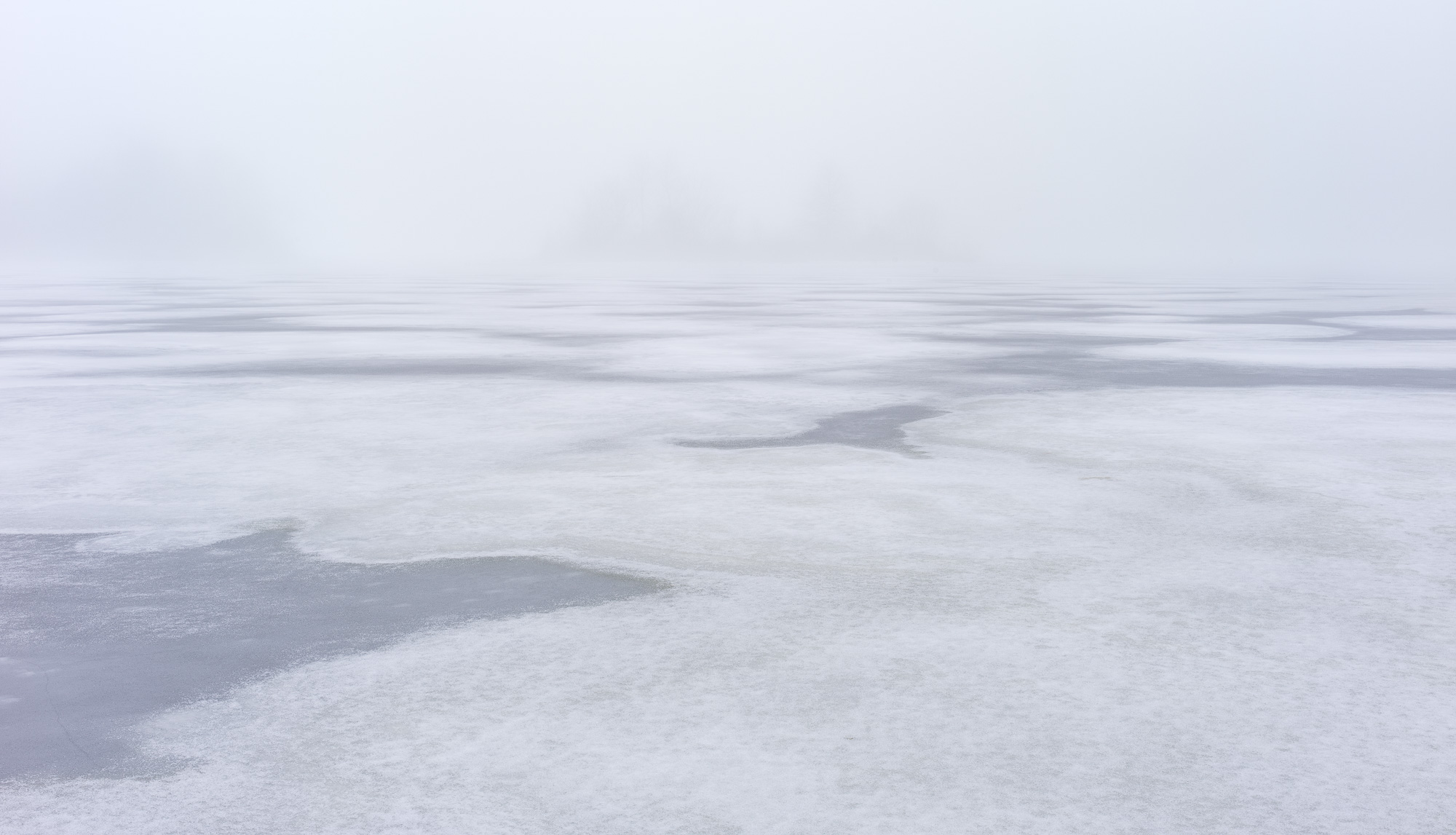
One great thing about technical cameras is that you can use them for many, many years. Who else can say they have used the same digital camera for the last decade? I’ve changed digital backs and bought / sold lenses, but the camera is the same one I purchased in 2011. I know, semantics. But the point is you can really get to know your camera and develop solid systems in the field that will help you focus on your creative process. Those field systems will be the focus of subsequent articles.
Much more to come.
Dave
David Chew
February 2022
Chagrin Falls, Ohio
I was born and raised in Northeast Ohio where my outdoor experiences defined my life from an early age. From living in Western Geauga County next to what became one of the Western Reserve Land Conservancy’s oldest and largest holdings, to spending summers on staff at Camp Stigwandish and family vacations that included backpacking, climbing and mountaineering, I developed a deep appreciation for the wonder and diversity of the outdoors. My photography represents an effort to notice, appreciate and celebrate the incredible detail of the natural environment. While living in Northern California, I took a camera backpacking in the Sierras. That experience brought so many questions and so much curiosity around how cameras and film see the world. More importantly, it gave me an entirely new view of the world that made me notice and appreciate the outdoors at another level. I then learned that my office in Emeryville was two blocks down from Galen Rowell’s studio. Galen quickly became a great mentor, and he and his staff were an endless, patient resource. I am a chemical engineer with a career in the industrial, municipal and residential water industry.






